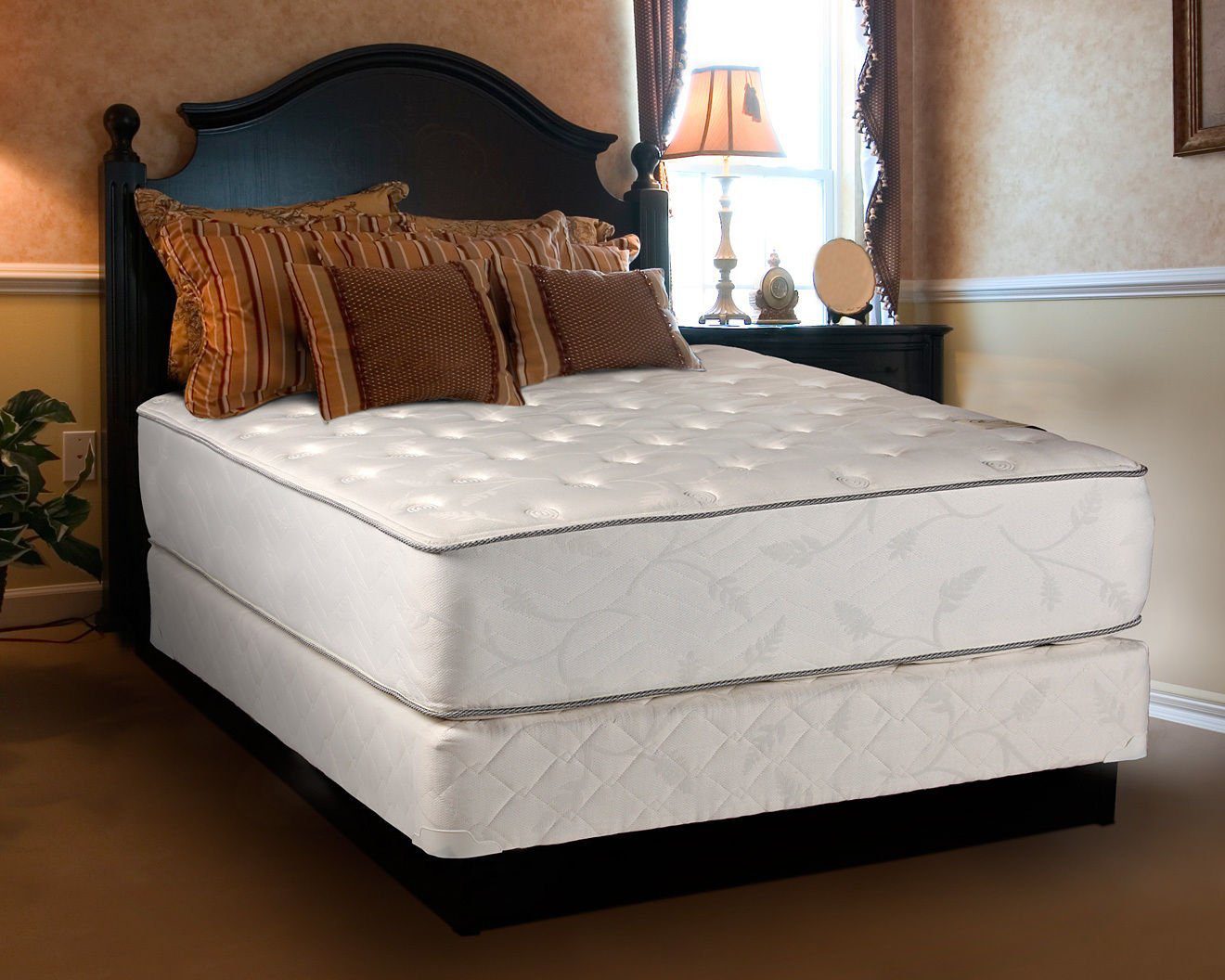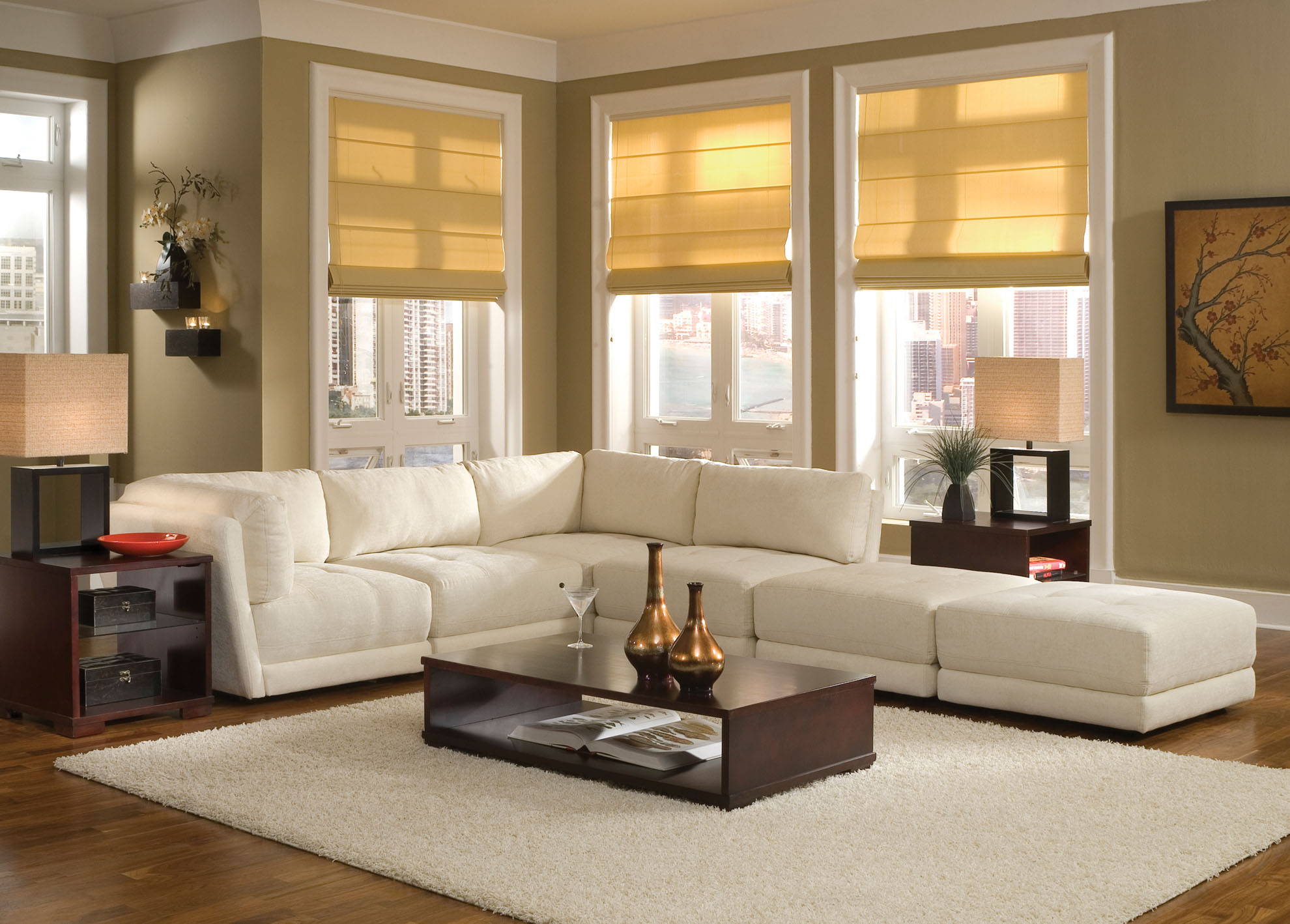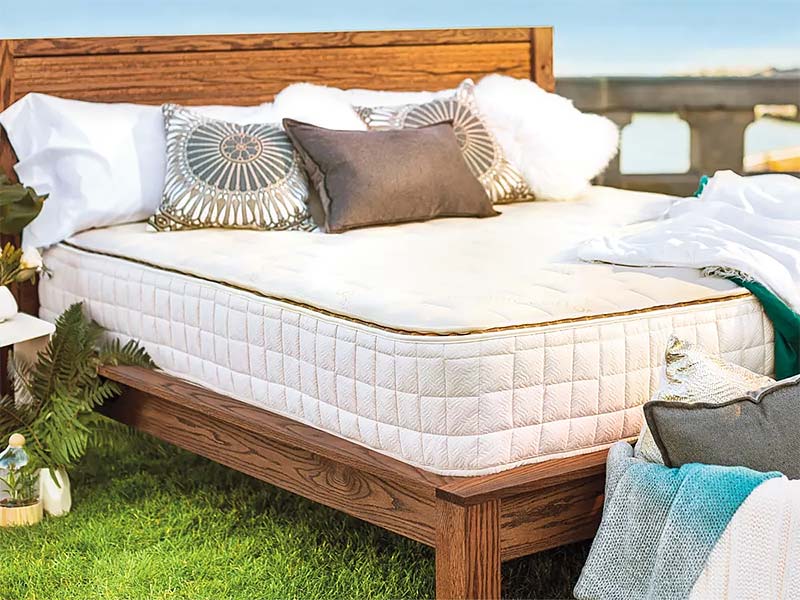Building a bee house can be a fun and rewarding experience. Native bee houses provide space for bees to nest and help to attract different species, not just honey bees. By creating a bee habitat in your backyard or garden, you will be helping to support and sustain native bee populations. Here you will learn the basics of building a bee house, with some helpful tricks and tips. Native bee houses can be made from a variety of materials and come in many shapes and sizes. Native bees are typically solitary, meaning that they do not live in hives, but rather create individual nests that can accommodate up to 20 – 40 cells. Each bee house should have many small holes ranging from 3-10 mm, depending on the species of bee you would like to attract. You can use any type of untreated wood, cardboard, or brick for the base, and craft paper or reeds for the nesting material. Building a Native Bee House
When deciding on a design of your bee house, consider some of the main characteristics that will attract native bees. Native bee species like dark-colored nest boxes with overhanging roof for shelter and bamboo nesting tubes that are connected to the box. The nesting tubes should have small openings, about 3-10 mm for the bees to enter. You will also need a suitable base that is cut to size, measuring at least 30 x 18 x 7 cm and a hinge for attaching the box. Once you have the materials, drill small holes (no bigger than 10mm) along the edges of the box. You can also include a ledge on the base of the house to allow the bees to climb in and out of the tubes without falling. Place the nesting tubes inside the box, and attach the roof of the house with the hinge. As an added touch, you can use a wood stain to paint the box and roof to make it look more attractive. Tutorial: How to Build a Bee House for Native Bees
For a DIY bee house, you can collect some natural materials from around your yard or purchase some materials from a store. Native bees love materials such as wood, cardboard, straw, or bamboo. Cut the material into smaller pieces that will fit in the size of the box. For a roof, you can use a piece of wood or a flattened sheet of cardboard and secure it to the box with some tape. Attach the nesting material inside the box. You can use craft papers, reeds, or cardboard rolls for bee houses. Place the bees tower box in a shady spot in the garden, close to some flowers. Hang it higher in the air if you live in a humid area, as this will protect the nest from flooding. Solitary Bee Home DIY
To make your bee house more attractive, you can create interesting designs using different materials. For example, you can use a combination of wood and paper to make cute shapes and patterns. Make sure to use unpainted wood for your bee houses as paint will prevent bees from nesting in them. Craft patterns onto the exterior of the house by using a hole punch and markers. You can also use stencils to create interesting shapes that will make your bee house look more decorative. Hang the bee tower in the garden to attract bees and have a nice looking habitat for them. Making Native Bee House Designs
Although native bee species are beneficial to gardens, they tend to be overlooked because of their small and solitary lifestyle. By providing a bee nest in your backyard, you can help boost native bee populations and at the same time improve the health of your garden. If planned and built properly, your bee house can provide a safe and cozy spot for many bee species. For more information on what kind of materials to use for your bee house and how to make a bee nest, consult an expert entomologist or beekeeper. They will be able to provide you with great DIY tips on how to craft and build a bee house for native bees. You can also take classes or find information online to help you create a bee habitat in your backyard. DIY Native Bee Nest Information
A popular DIY project for creating a bee house is the Collins Tube. This type of design is a vertical tower made up of bamboo tubes that is filled with nesting material. This method can be used to create bee houses for up to 20 species of bees. The design is easily buildable and can be constructed with basic materials. You will need a length of unpainted wood, a hinge, and some small bamboo tubes. Cut the wood according to the size that you want, and drill small holes inside the wood. Place the bamboo (with one end closed) inside the holes and secure it with screws. Attach the roof with the hinge, and your Collins Tube bee house is ready to use.DIY Collins Tube Bee House
Creating a native bee garden is an easy and effective way to help support native bee populations. The bee garden should include flowering plants and shrubs that provide food for the bees. When planning a bee garden, you should choose native plants, such as sunflower, marigold, and basil. These plants will attract a variety of native bees in your area. In addition to providing food for the bees, the flower garden should also offer a safe and comfortable habitat. Place your bee houses in a shady spot of the garden and add a few birdbaths to provide a source of water for the bees. You can also include rocks in the design of the garden that will provide shelter for the bees to rest. Native Bee Garden
A bee condo, also known as a bee hotel, is made up of a group of bee houses that are connected together. This type of design is often used for commercial applications, but it can also be done on a smaller scale. Creating a bee condo is a great way to attract different types of native bee species to your garden. To build a bee condo, use several untreated wood pieces (like a wooden box) and connect them together. Include nesting material inside the box, and finish the structure with a suitable roof. Place the bee condo in a shaded area, and make sure to provide a source of water nearby. This multi-unit design will attract a variety of native bee species. Bee Condo: A Bunch of Native Bee Houses
Designing and building your own bee house is an enjoyable and rewarding experience. Designing your own bee house can help to provide an environment that fits the specific needs of native bee populations. Choose the materials, size, and design of your bee house according to the kinds of bee species you would like to attract. Using different materials and shapes, you can craft a unique and attractive bee house that fits in with your garden’s design. Use natural materials, such as wood, paper, or clay, to craft the body of your bee house. You can also make your bee houses colorful with some paint or artwork. Design & Build Your Own BeeHotel
In-situ conservation is the protection of a species in its natural habitat, rather than attempting to relocate them. One way to do this is through creating native bee houses. Bee houses provide safe and cozy homes for native bee species, and help to protect the population from declining. Native bees need a habitat that includes nesting materials, food, and water sources. By setting up bee houses and native bee gardens in your backyard or garden, you are giving them the perfect habitat they need. This in-situ method of conservation is both cost-effective and time-efficient, and it gives you the opportunity to help protect the native bee population. Native Bee In-situ Conservation
Mason bees are a type of solitary bee that nests and builds pollen in hard surfaces. Creating a Mason bee house is a great way to provide a safe and comfortable home for these important pollinators. Mason bee houses need to be placed in a sunny and protected spot, preferably near or on structures such as a wall, garage, shed, or tree. You can make a Mason bee house using wood, cardboard, or logs. Drill holes in the material, ranging from 5-14 mm in size, and line them with nesting material such as dry grass, sawdust, or paper. Place the bee house in an area on your property that receives direct sunlight. Once it is set up, you can watch the mason bees come and go from the house throughout the spring and summer.Making a Mason Bee Nest House
Creating Ideal Conditions for Native Bees
 Creating an ideal environment for native bee species to thrive is the fundamental goal of designing an effective native bee house. Properly designed bee houses will provide native bee species a safe location for them to nest and lay eggs. To ensure a bee house fulfills this purpose, certain features can be included to optimize the environment and ensure the safety and health of the bees.
Creating an ideal environment for native bee species to thrive is the fundamental goal of designing an effective native bee house. Properly designed bee houses will provide native bee species a safe location for them to nest and lay eggs. To ensure a bee house fulfills this purpose, certain features can be included to optimize the environment and ensure the safety and health of the bees.
Conditions for a Healthy Native Bee Home
 The ideal house for native bees should provide protection from the elements and should be constructed of materials that are durable enough to stand up to outdoor temperature swings and precipitation. It should be outfitted with entrances small enough to deter large bees and wasps, but large enough to accommodate the native species. Additionally, the bee house should be placed in a location that gets sunlight but is not too close to nearby buildings or most likely to experience excessive amounts of precipitation.
The ideal house for native bees should provide protection from the elements and should be constructed of materials that are durable enough to stand up to outdoor temperature swings and precipitation. It should be outfitted with entrances small enough to deter large bees and wasps, but large enough to accommodate the native species. Additionally, the bee house should be placed in a location that gets sunlight but is not too close to nearby buildings or most likely to experience excessive amounts of precipitation.
Structuring the Native Bee House Design
 Once the ideal conditions for a native bee house have been established, the actual design of the bee house can begin. Most conically-shaped houses are constructed from wood, and alternatives to wood, such as terra cotta or bamboo, are excellent choices as well. They should be between 8 and 16 inches tall and have drilled holes that range from 3/16 to 5/16 inches. To allow for proper insulation within the bee house, the holes should be spaced 0.5 to 1.5 inches apart and extend three-quarters of the way into the bee house.
Once the ideal conditions for a native bee house have been established, the actual design of the bee house can begin. Most conically-shaped houses are constructed from wood, and alternatives to wood, such as terra cotta or bamboo, are excellent choices as well. They should be between 8 and 16 inches tall and have drilled holes that range from 3/16 to 5/16 inches. To allow for proper insulation within the bee house, the holes should be spaced 0.5 to 1.5 inches apart and extend three-quarters of the way into the bee house.
Added Benefits of Native Bee Houses
 In addition to providing a healthy environment for native bee species, native bee houses also offer some additional benefits to both gardeners and homeowners. Native bee houses placed in gardens can lead to increased pollination, which leads to bigger and better crop yields. They also act as a great educational tool for children and adults alike; watching the goings-on of the native bee house can provide insight into the morphology and behavior of bees.
In addition to providing a healthy environment for native bee species, native bee houses also offer some additional benefits to both gardeners and homeowners. Native bee houses placed in gardens can lead to increased pollination, which leads to bigger and better crop yields. They also act as a great educational tool for children and adults alike; watching the goings-on of the native bee house can provide insight into the morphology and behavior of bees.
Native Bee House Maintenance
 Native bee houses require minimal maintenance and will often remain inhabited for several years when taken care of properly. They should be monitored for the buildup of debris, cobwebs, and wasp nests; if these are found, it is best to clean it out before it becomes too densely populated. Additionally, the native bee house should be checked to make sure that the entrances are not clogged and no damage has occurred from the elements.
Native bee houses require minimal maintenance and will often remain inhabited for several years when taken care of properly. They should be monitored for the buildup of debris, cobwebs, and wasp nests; if these are found, it is best to clean it out before it becomes too densely populated. Additionally, the native bee house should be checked to make sure that the entrances are not clogged and no damage has occurred from the elements.














































































